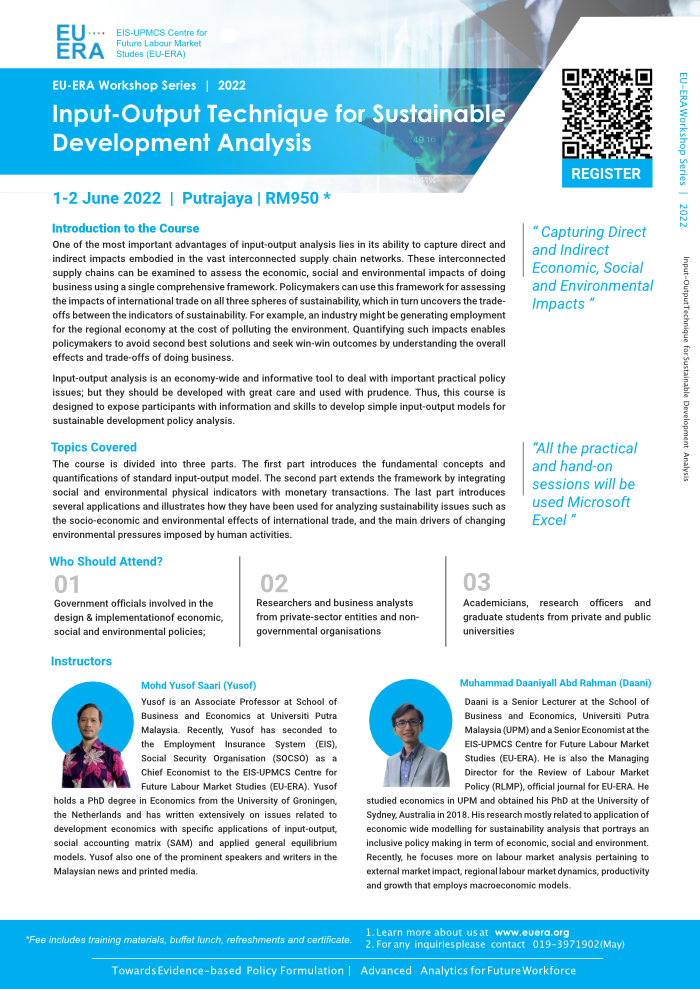Applied General Equilibrium Models for Policy Evaluation
PutrajayaComputable general equilibrium (CGE) models are increasingly being used for analyzing economy- wide impacts of various policies. These models are useful for analyzing issues where inter-industrial and inter-agent linkages are crucial. CGE models are large numerical models which combine economic theory with real economic data in order to derive computationally the impacts of policies or shocks in the economy. CGE models fit economic data to a set of equations which aim to capture the structure of the economy and behavioural response of agents (firms, households, government). This provides a framework to simulate policy changes and trace the impact on key economic variables, including income and expenditure flows.







